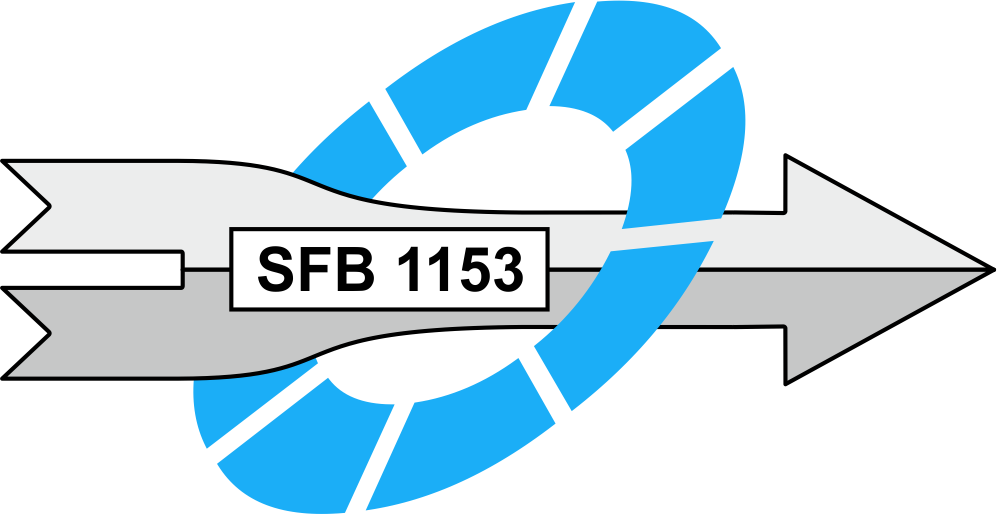Motivation and objectives
The aim is the economic production of tools with improved application properties in thermo-mechanically highly stressed engraving areas, resulting in a high potential for application in hot bulk forming. In conventional dies made of hot work tool steel, the tempering effect in the edge area leads to a reduction in hardness and the formation of wear, which can ultimately be identified as the cause of tool failure. Inconel shows high hot strength and tempering resistance, but so far it cannot be used economically due to the high material costs and the difficult machinability. Through forming of hybrid pre-assembled semi-finished products, the surface enlargement during forging is to be exploited in order to introduce the high-temperature-resistant material Inconel as a protective layer on the base material of hot-work tool steel in a reproducible and material-efficient manner. At the same time, a microstructure texturing via forming is to be introduced in both materials and the subsequent quenching and tempering as well as the diffusion treatment are to be adapted, leading to a higher load capacity of the tool.
Within the scope of the project, flat hybrid tools subject to high thermal stress are initially produced by Tailored Forming and used in serial process by the project partner as contact plates of a hot shear tool. The optimal Inconel layer thickness and the true plastic strain can be investigated under simple geometrical conditions.
For this purpose, boundary conditions, processes and the referenced damage pattern of previously used stop plates are examined. First, basic influences on the formation of the joint and its bond strength are determined. In addition, the composite quality and the material properties of formed workpieces are analysed before and after a following diffusion treatment. Then, hybrid contact plates are manufactured based on numerical prediction as well as the previous investigation of the edge layer modification and tested in cooperation with Hirschvogel Group in the industrial process for their wear resistance. Further, the process will be designed for the production of more complex punch geometries. The material distribution and the hardness gradient are to be adapted to the thermomechanical loads occurring in the process determined from the numerical simulation. These tools are then examined and evaluated in serial production at the Hirschvogel Group with regard to their potential for wear reduction and the application of tailored forming technology for forging tools.
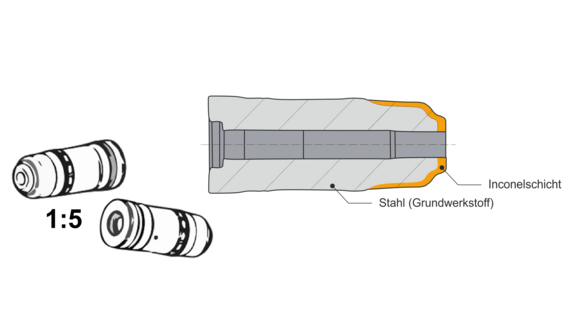
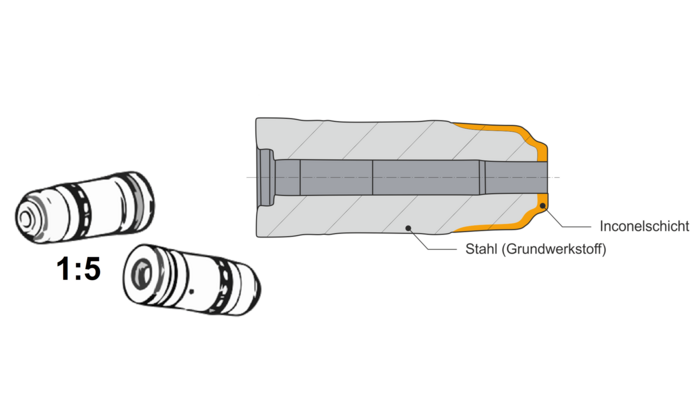
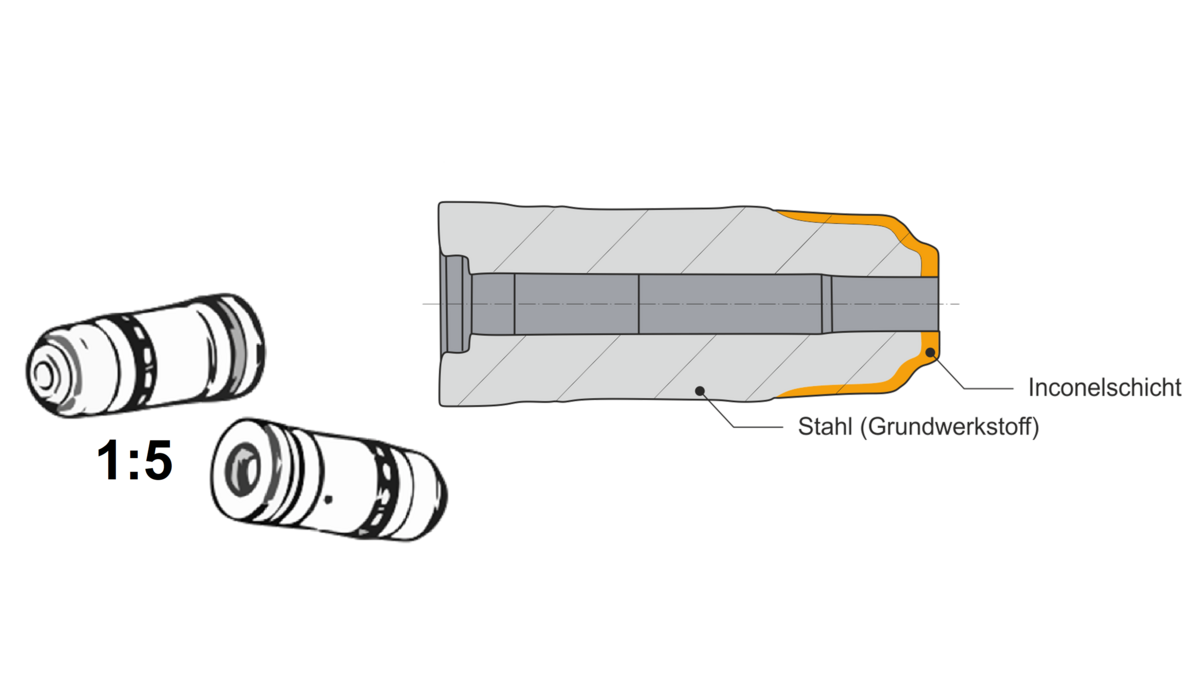
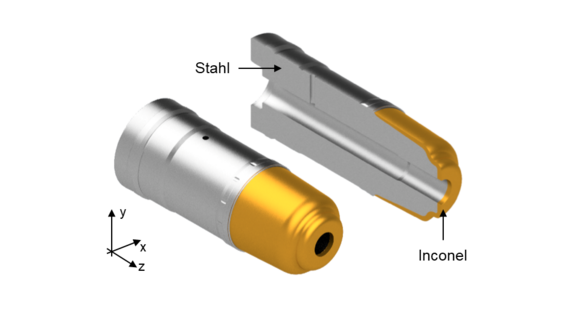
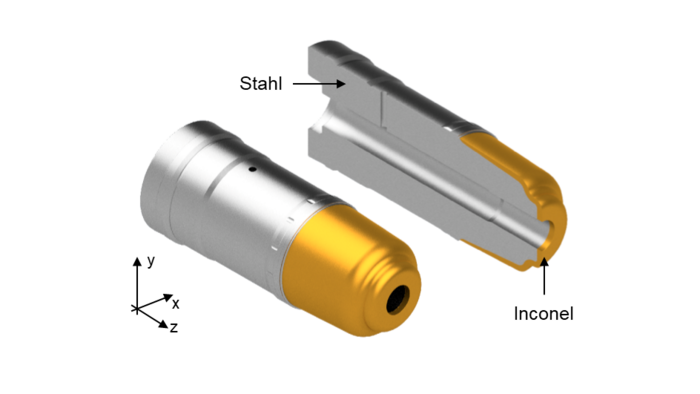
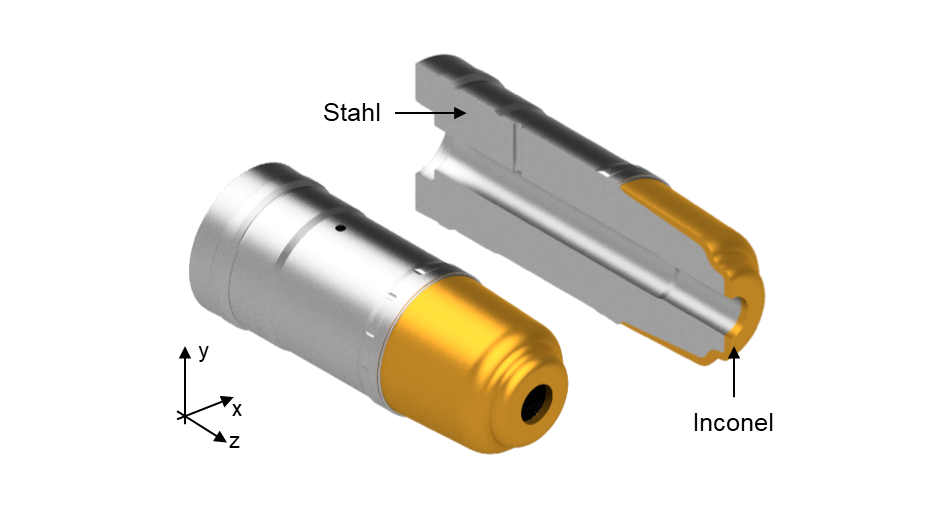
Subproject leader


30823 Garbsen


30823 Garbsen
Staff


30823 Garbsen


30823 Garbsen
